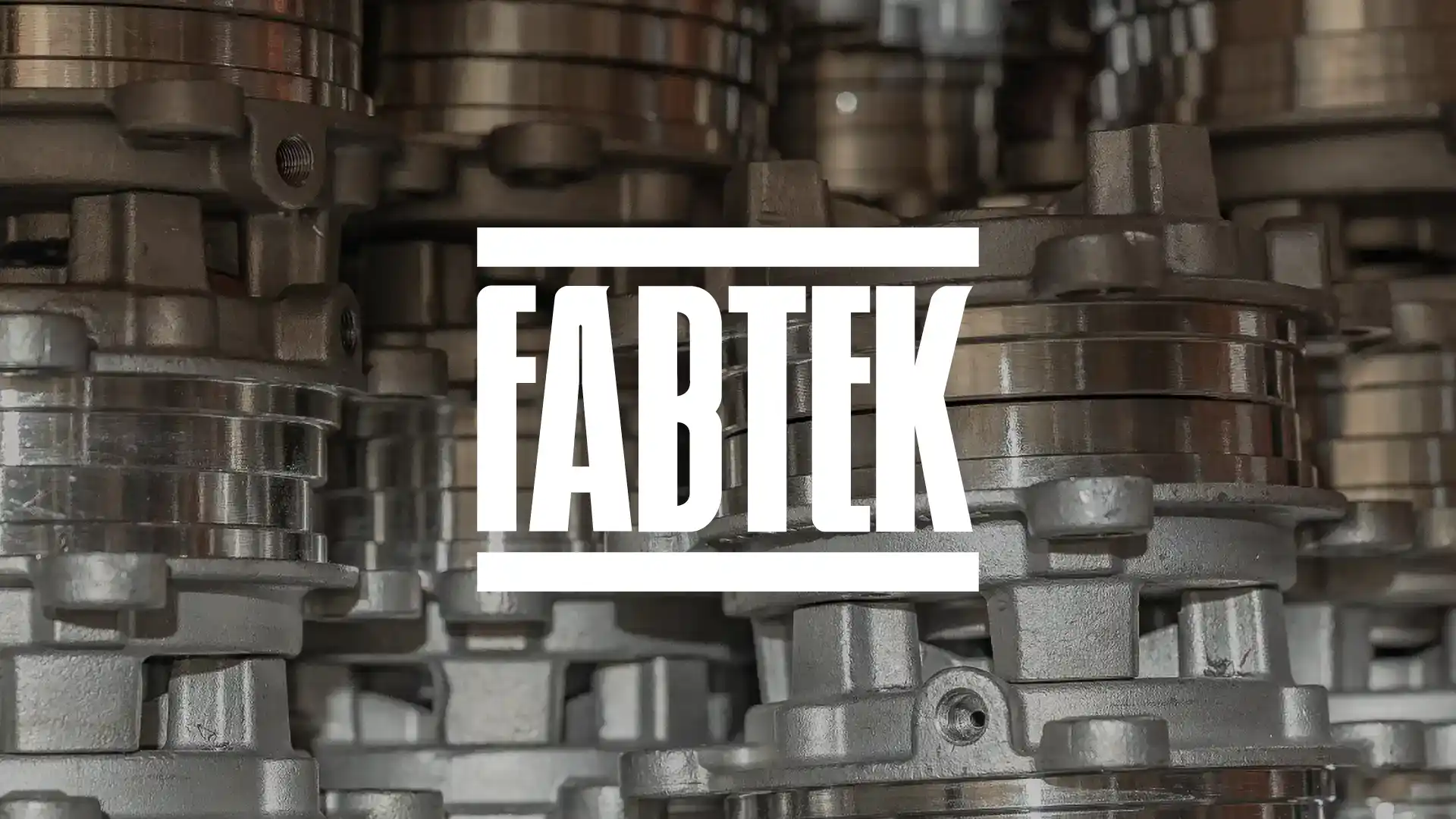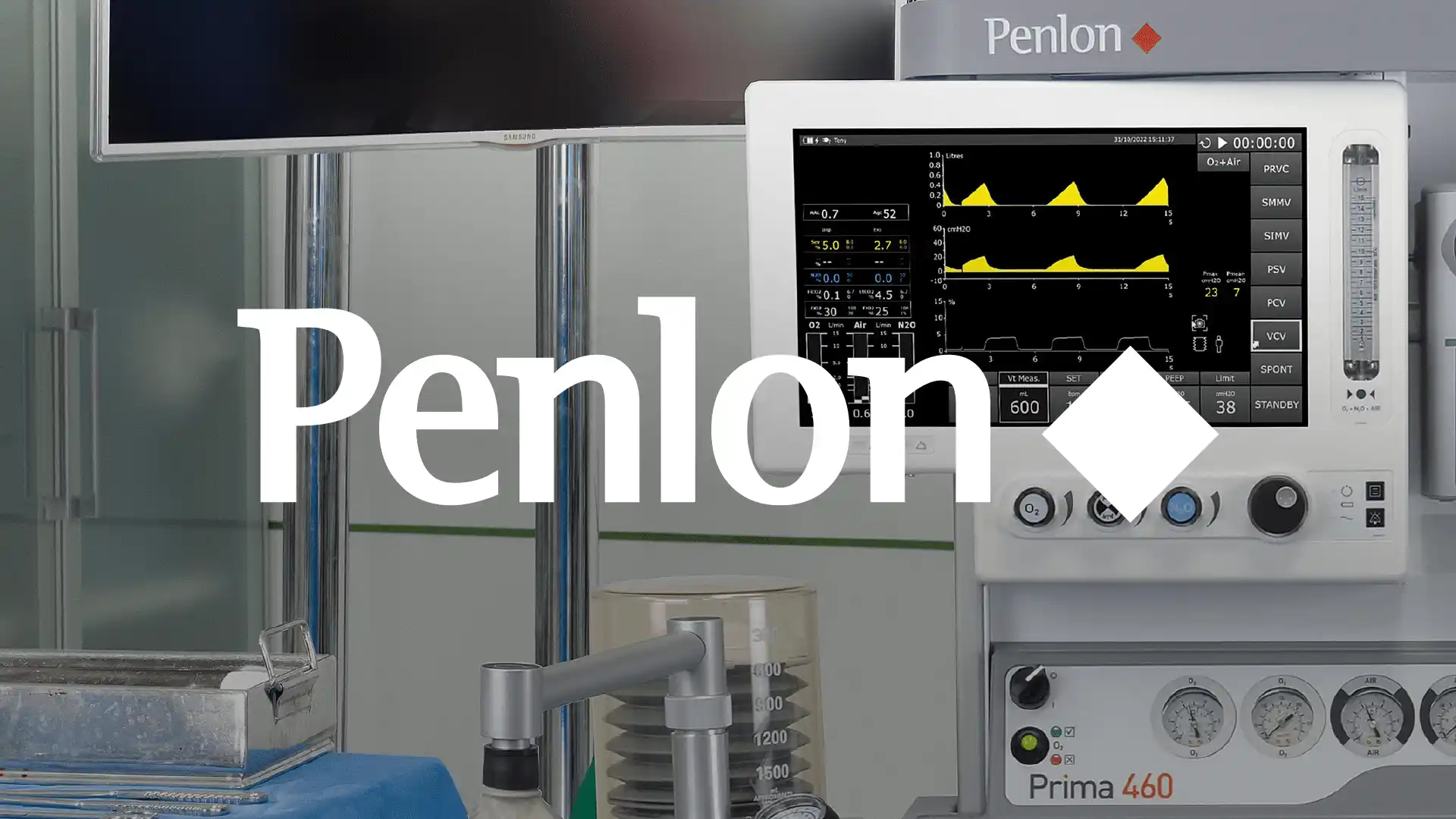CPQ for accreditation and certification sales solves the quoting accuracy and efficiency problem. You may hold organizations and individuals to rigorous quality and safety standards, yet your own organization faces similar efficiency challenges.
Manually configuring complex service offerings and pricing for diverse programs is a time-consuming, error-prone process.
In this blog, we’ll unveil how automated quoting solves these challenges, and unblocks your sales process for greater efficiency and higher win rates.
Accreditation and Certification
Another potential client is on the line, eager to learn about your accreditation program. Your enthusiasm barely masks the knot of anxiety forming in your stomach. You offer various service levels, each with their own intricate web of requirements, resources, and fees. You manually calculate pricing based on complex formulas, hoping you haven’t missed a crucial detail.
This isn’t a personal struggle; it’s a systematic problem plaguing your entire sales team:
- Complexity Conundrum. Programs come in all shapes and sizes. Complex configurations and manual service, resource and fee pricing is prone to error. Any miscalculation or delay could cost you the deal.
- Information Overload. Cutting through the noise and effectively communicating your value proposition is critical. Finding the right information means searching for a needle in a haystack. And pulling it all together takes time away from your clients.
- Approval Debacle. The multi-stage process of back-and-forth involves multiple departments, each with their own questions, clarifications and revisions. Each adjustment throws a wrench, and another delay, into the already precarious balance.
- Resource Constraints. You juggle multiple complex programs. Each requires specialized knowledge and expertise that causes bottlenecks. You spend more time on paperwork and emails than engaging with clients, hindering your ability to close deals.
- Regulation Rigor. Regulations evolve, everywhere, all at once. Keeping pace means pulling your sales team off the front lines for training to stay ahead of the curve.
- Competitive Conundrum. Clients are bombarded with vendor offers. Responding quickly and accurately is crucial. Underquote and risk losing the deal, overquote and watch it disappear to your competition.
Recommended Customer Stories

Case Study: Fabtek
Fabtek deliver detailed, accurate quotes 50% faster to scale their operation and increase sales.

Case Study: Penlon
Penlon revolutionized their entire quoting process, eliminated errors and increased capacity.

Case Study: Eurotherm
Quote time by more than 50%, automatically generating part numbers and pricing.
CPQ to the Services Rescue
Struggling with slow, error-prone service quoting processes? You’re not alone. Many businesses like yours face the same challenge of accurately and efficiently generating service quotes. Often leading to frustrated customers and lost revenue.
CPQ eliminates this frustrating process; rescuing you from the drudgery of manual work and ushering in an era of efficiency, accuracy, and customer satisfaction.
- Conquer Complexity. Quickly configure approved services without specialized knowledge, and eliminate revisions. Automate calculations based on predefined rules, while built-in risk checks save you from costly issues.
- Cut Through the Noise. Quickly find relevant content and personalize quotes. Automated quote assembly ensures consistency while allowing customization, making your quotes stand out in a crowded market.
- Accelerate Approvals. Automate role-based, multi-step, and parallel workflow through a series of predefined steps. Ensure discounts are subject to appropriate approvals and eliminate under-quoting.
- Optimize Resources. Automate manual, repetitive tasks and free up your sales team to focus on what they do best; engaging with clients, building relationships, and closing deals.
- Adapt with Ease. Easily update program details, pricing structures and compliance requirements within the system. Ensure your quotes are always aligned with the latest regulations and industry trends, without the specialized know-how.
- Beat the Competition. Create complex quotes faster than ever, anytime, anywhere, and from any device. Respond with professional quotes faster than your competition.
Impact
Compelling industry evidence supports CPQ softwares’s effectiveness, especially where complex requirements and variable pricing reign supreme. In fact, studies reveal significant improvements in quote time turnaround, accuracy and customer satisfaction:
- 27% reduction in errors (Aberdeen Group)
- 15% improvement in sales productivity (Gartner)
- 17% increase in win rates (Forrester Research)
How is Xait revolutionizing our customer’s sales process?
“We were impressed how quickly Xait understood our business requirements and has gone on to become such a valued member of the team. The company works closely with our in-house staff to proactively drive efficiencies across the business. It really helps us deliver the highest level of customer service.” - Mary Olbrich, Sales Operations Reporting Analyst at ParTech
Stop the paperwork madness. Start delighting customers and closing deals with the power of:
- Faster response times with predictable timelines that beat the competition. And quick, accurate quotes that build trust and shorten your sales cycle.
- Adapting quickly with easy to maintain quality and safety standards. And quote without the specialized experts and know-how.
- Improved win rates by focusing sales reps on building relationships and converting leads into loyal customers instead of manual paperwork.
It’s time to unlock your potential. We can help you take your sales strategy to new heights.








